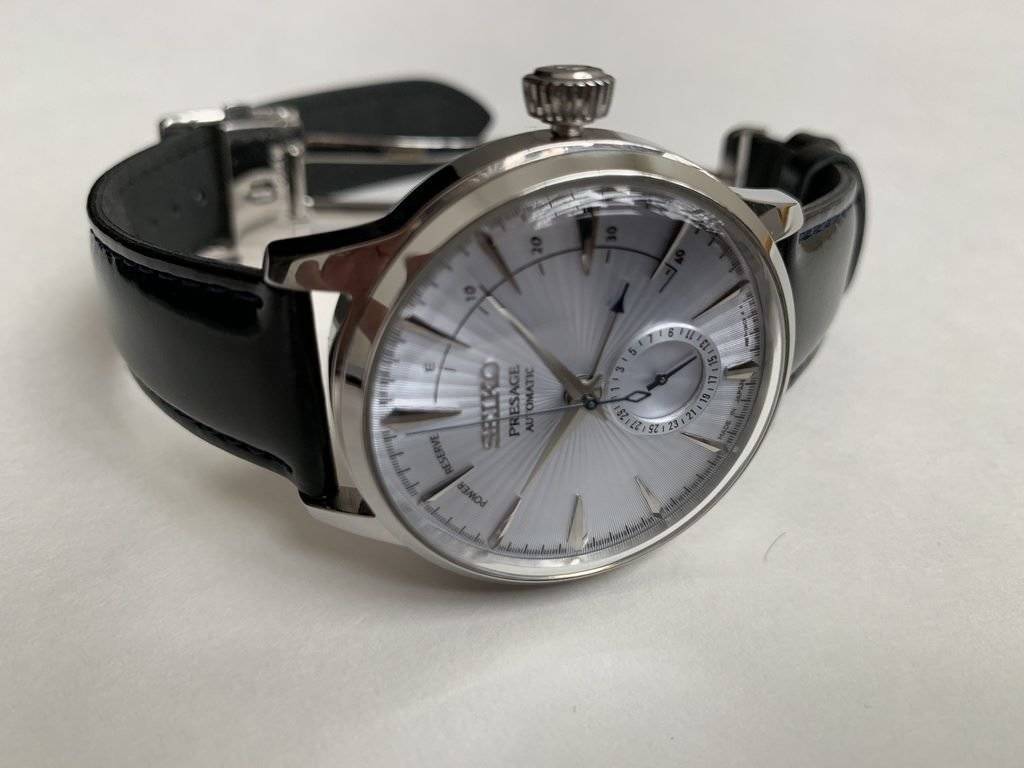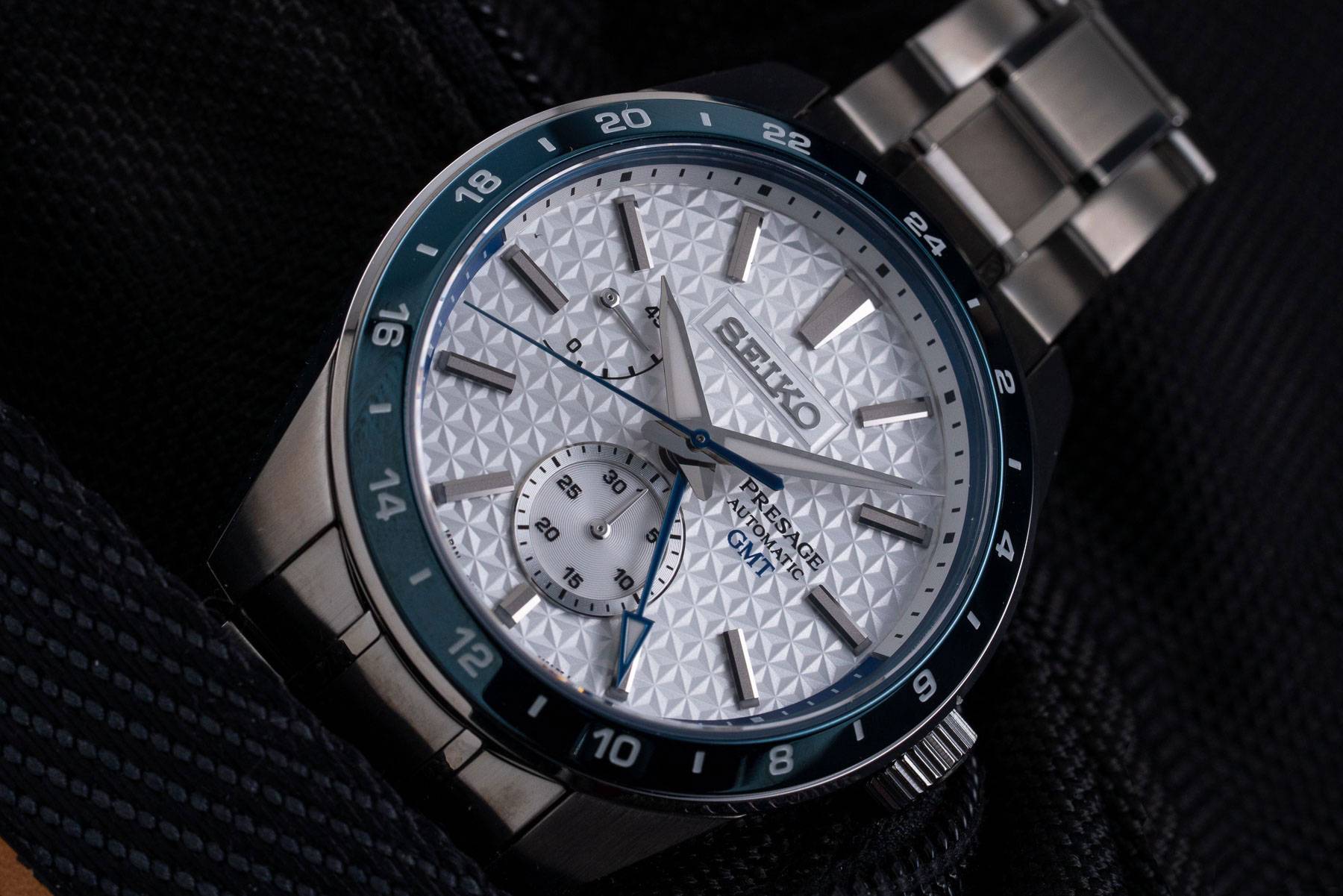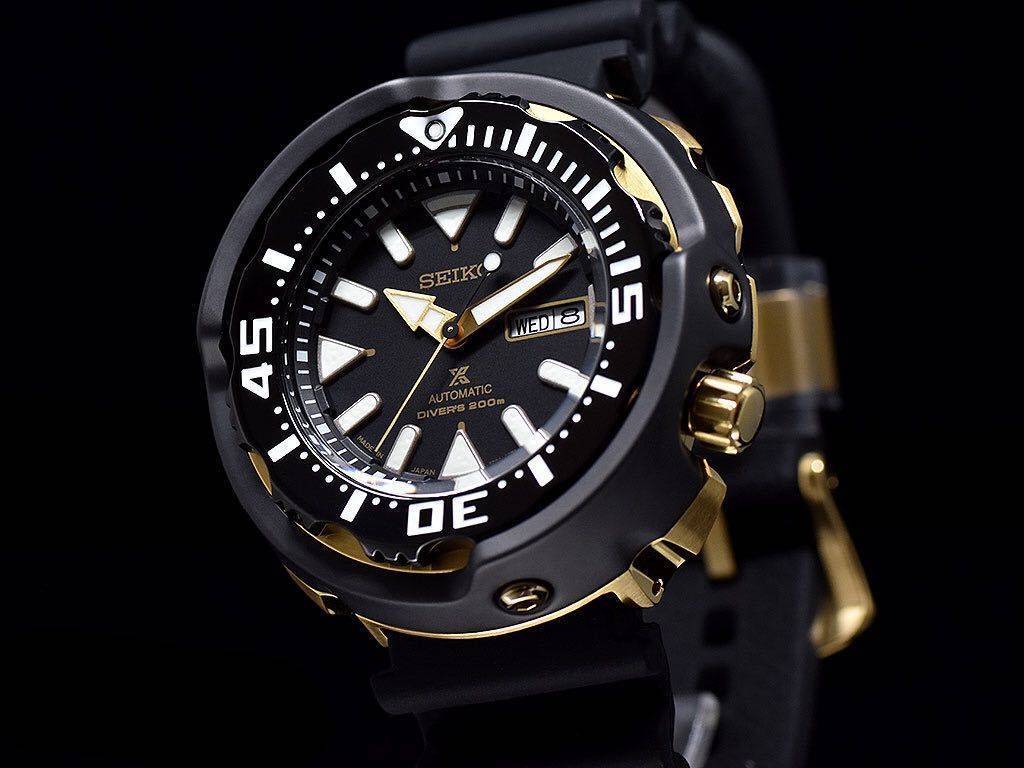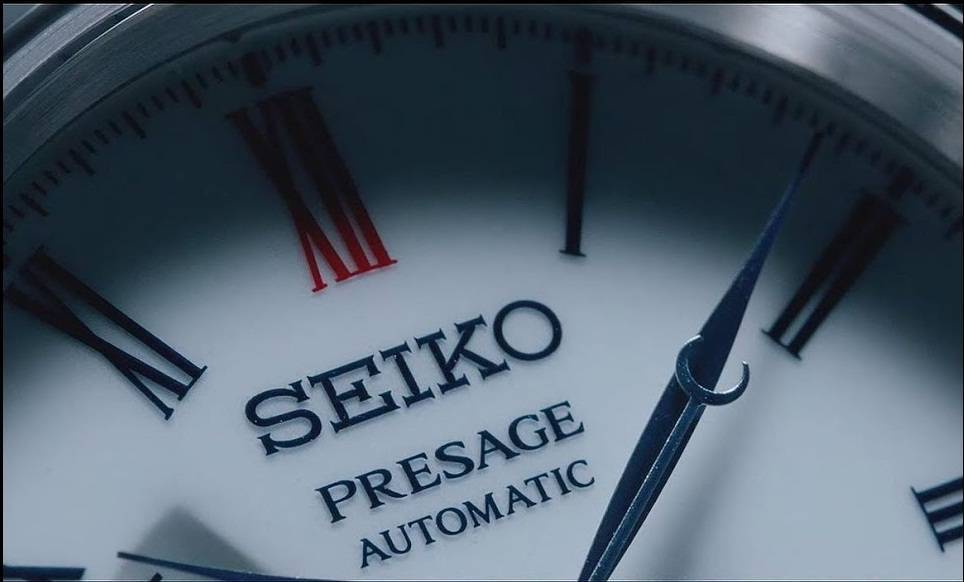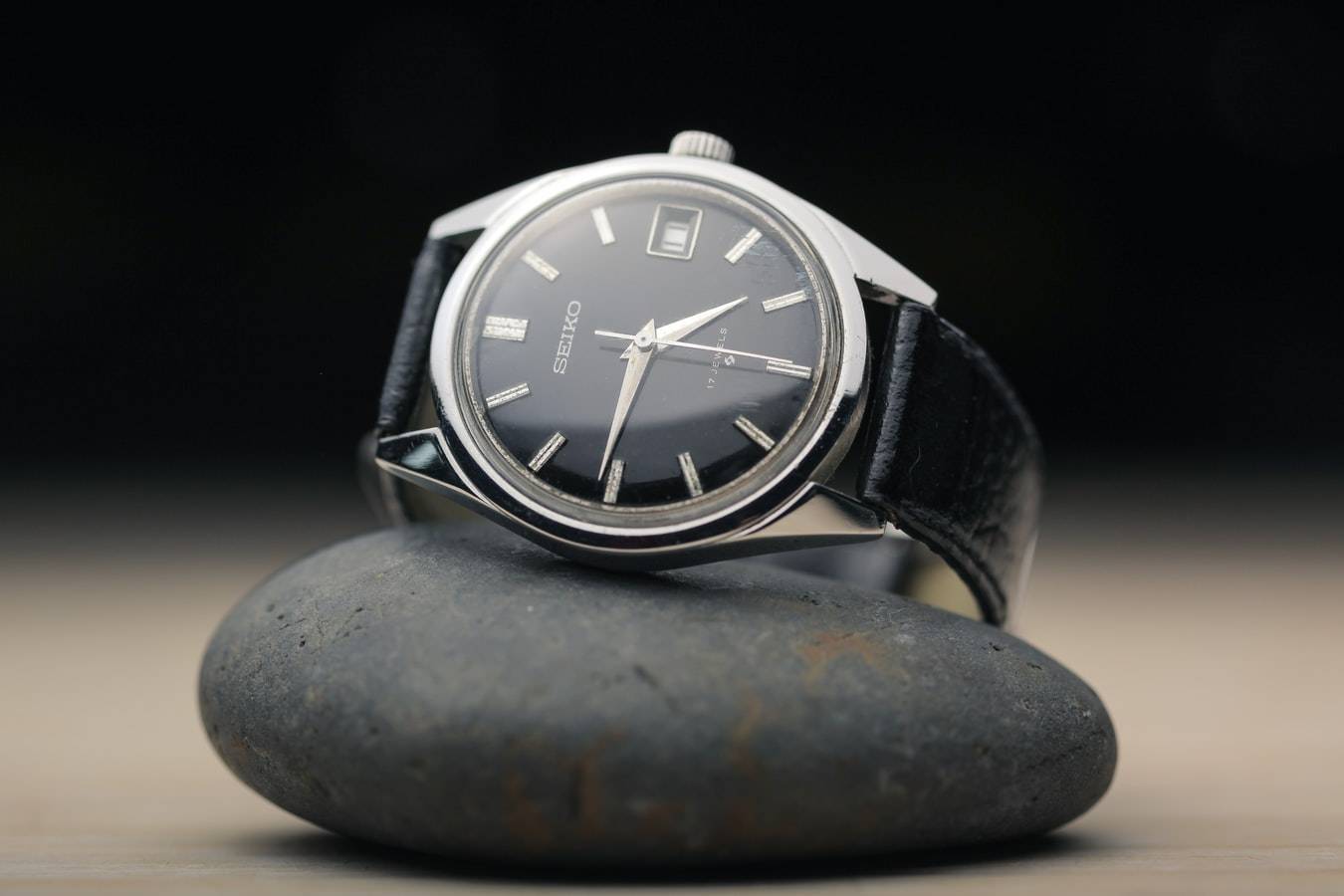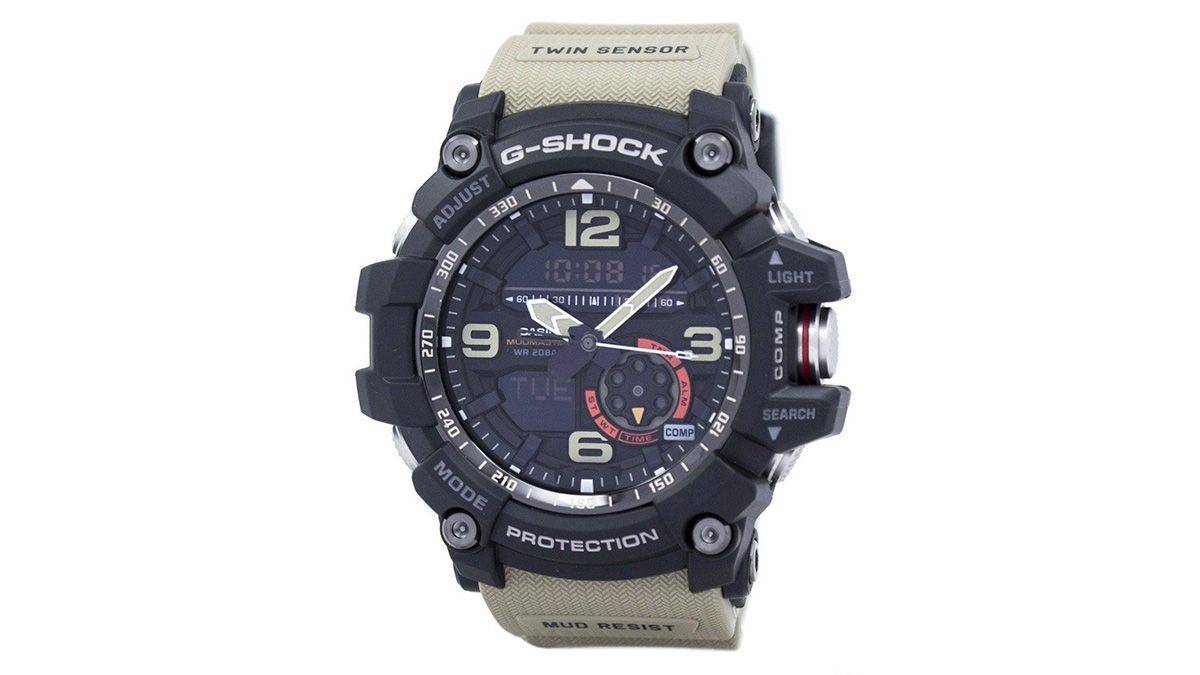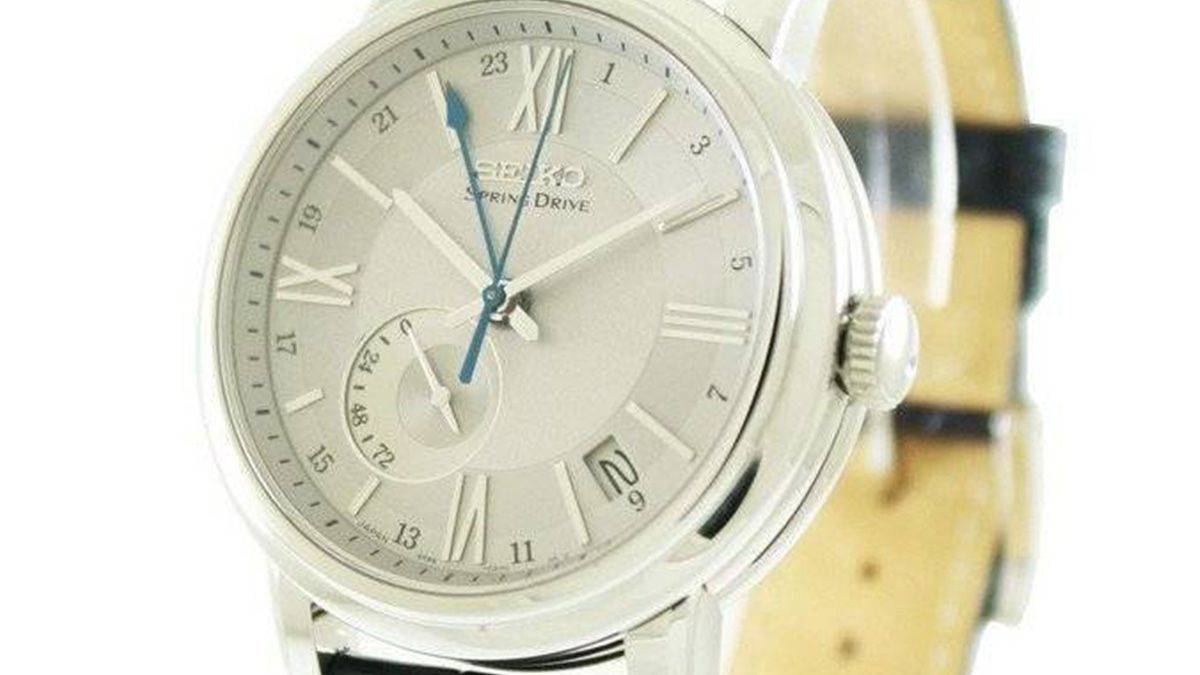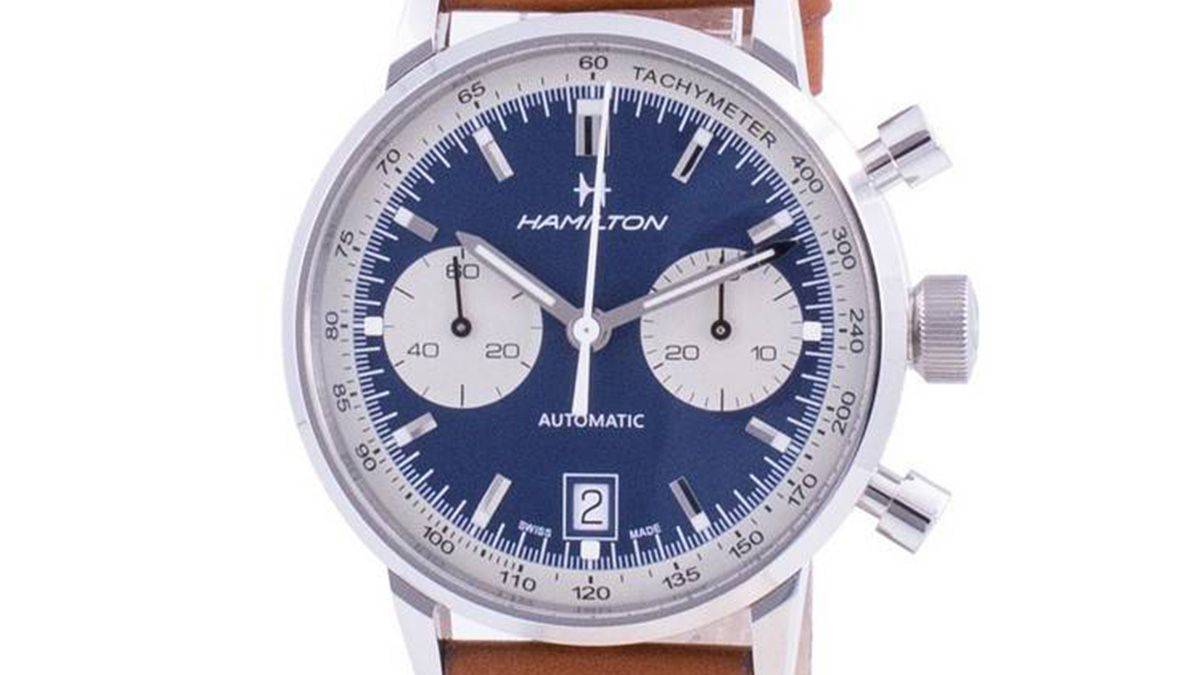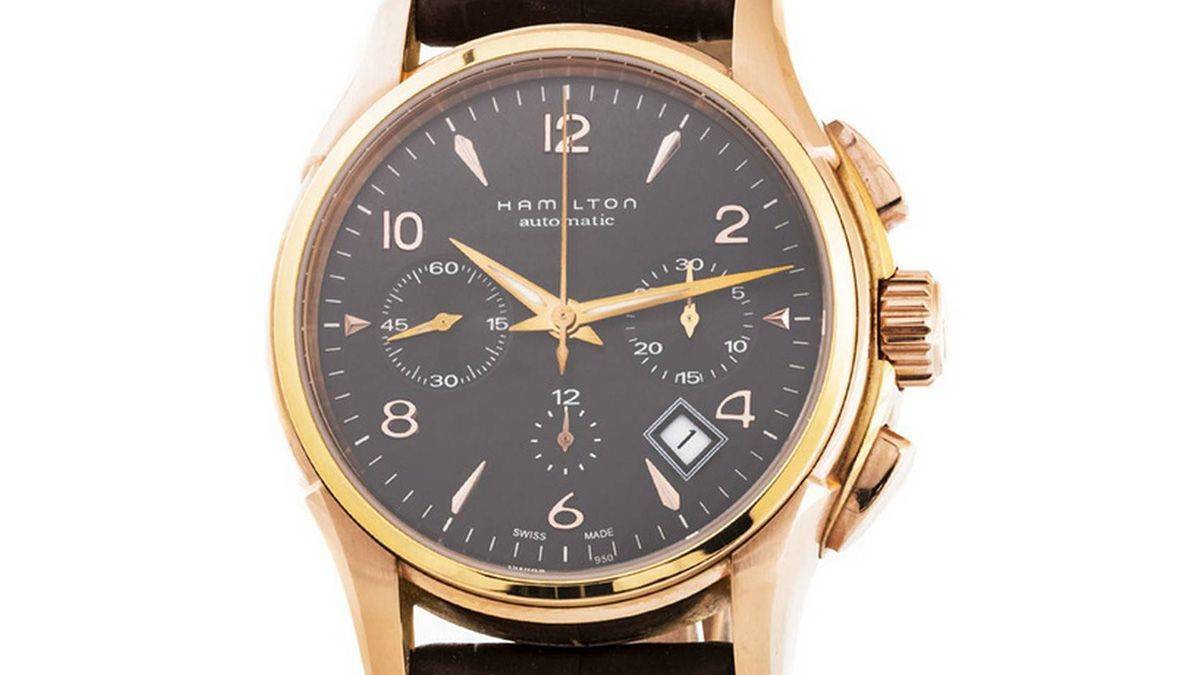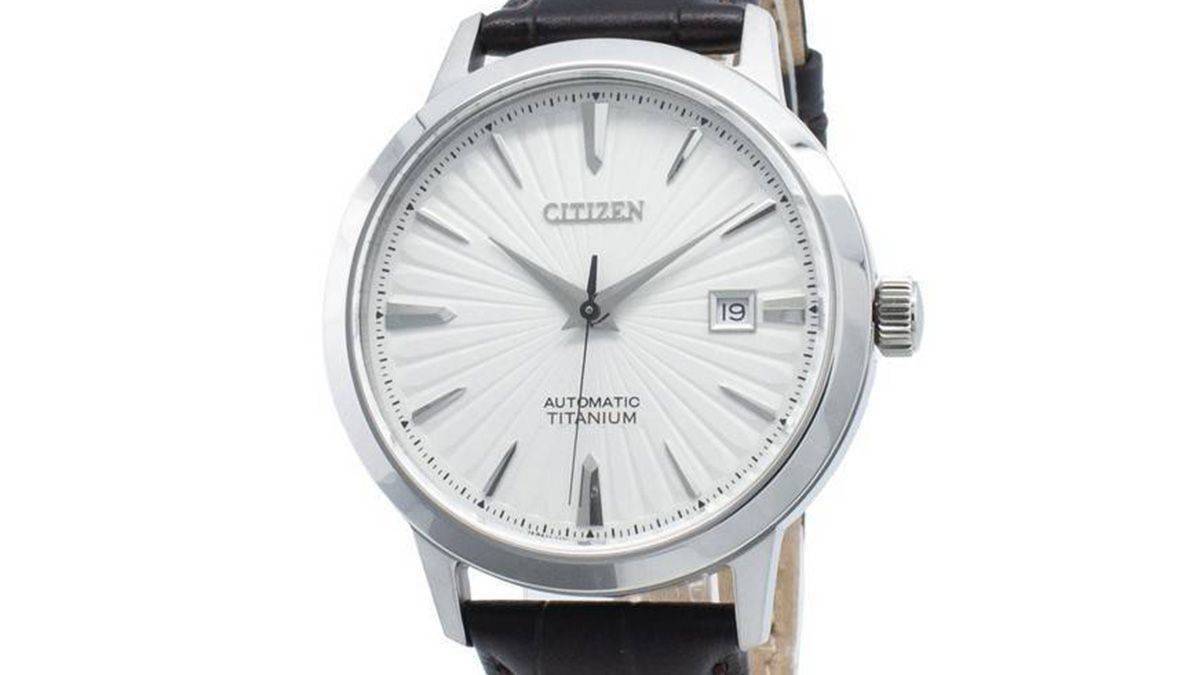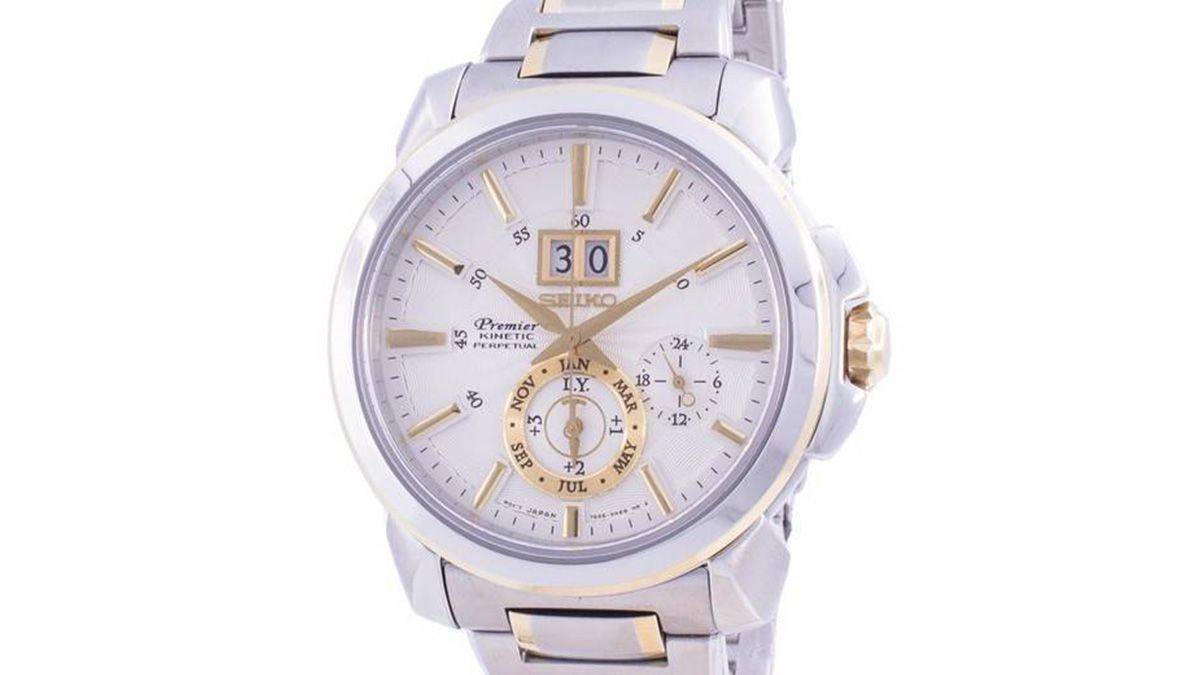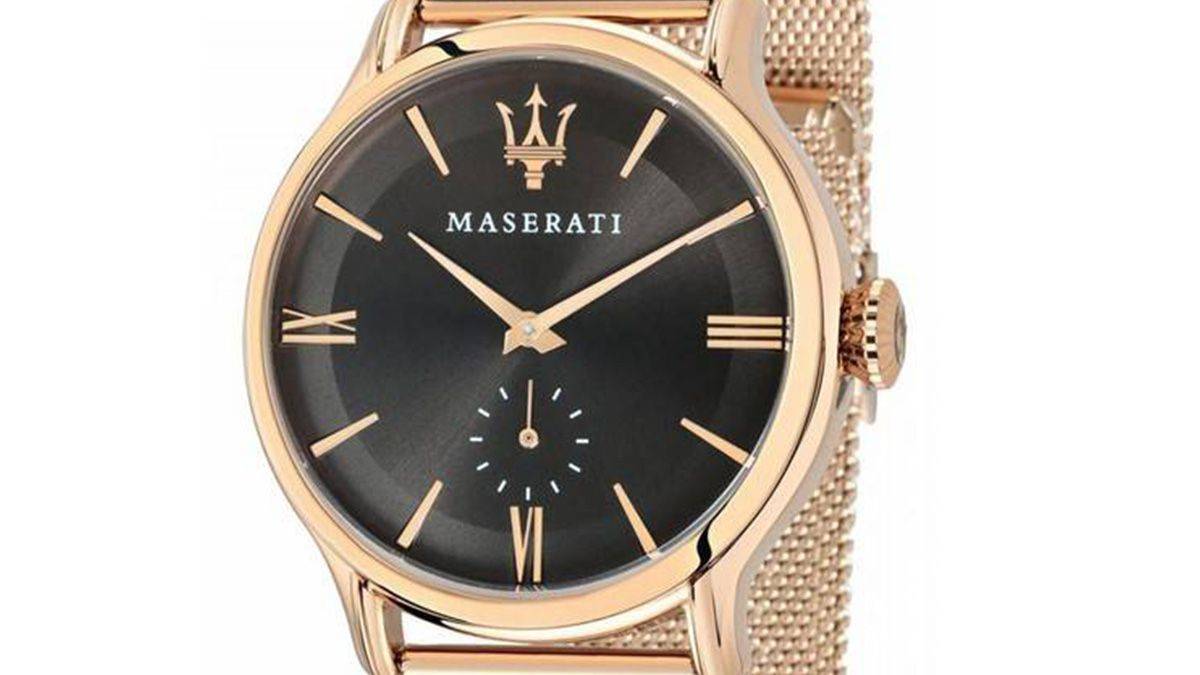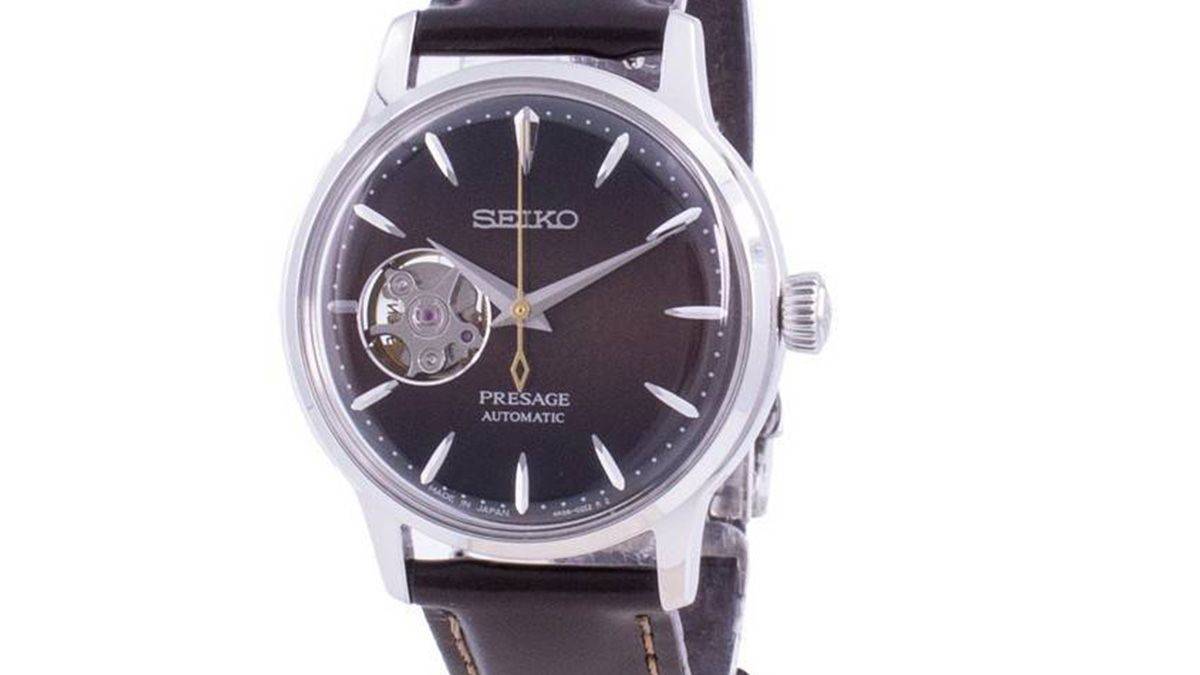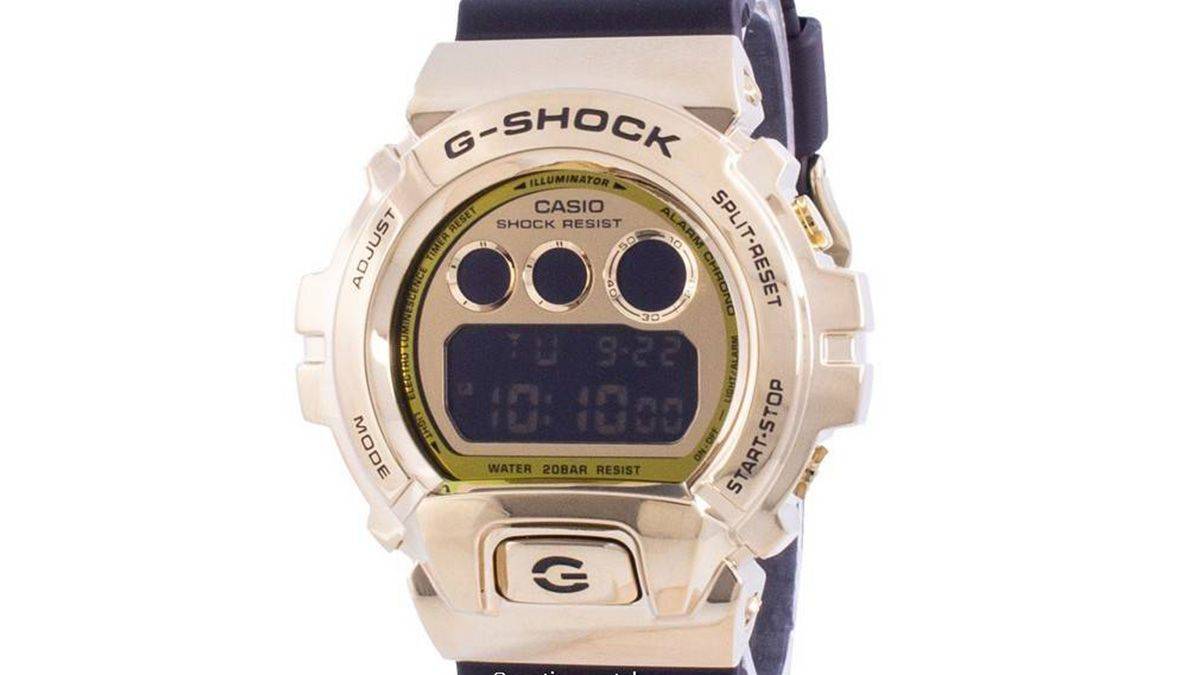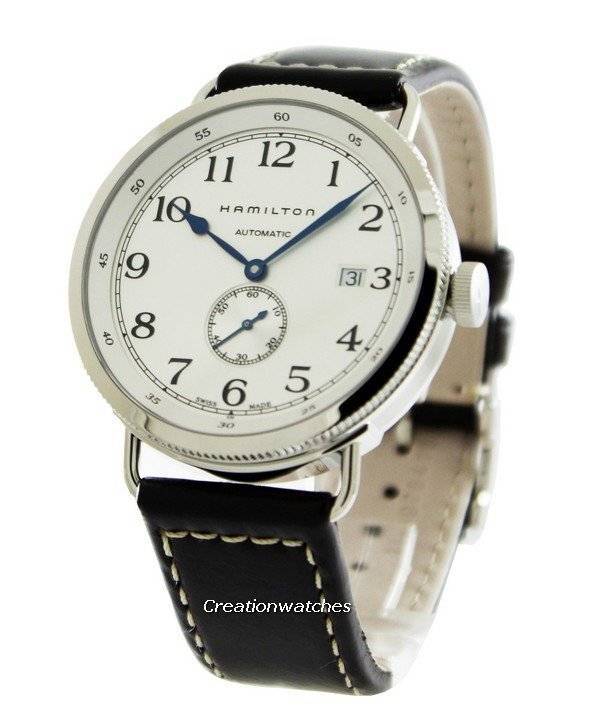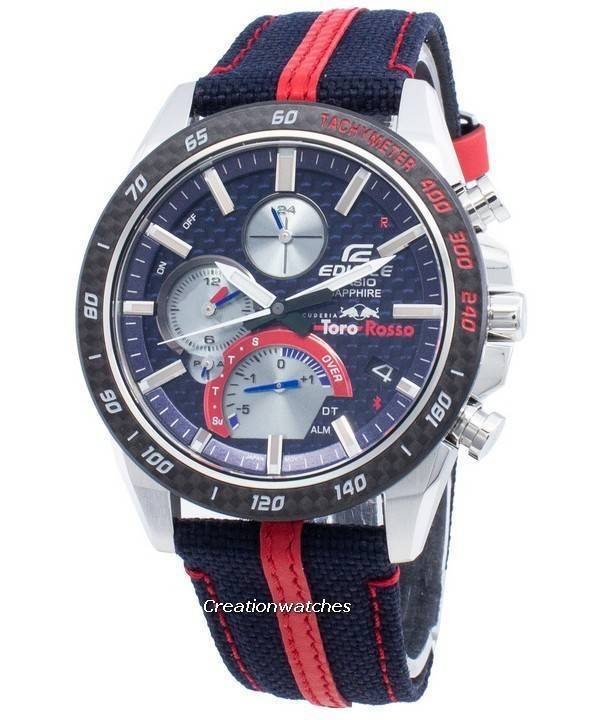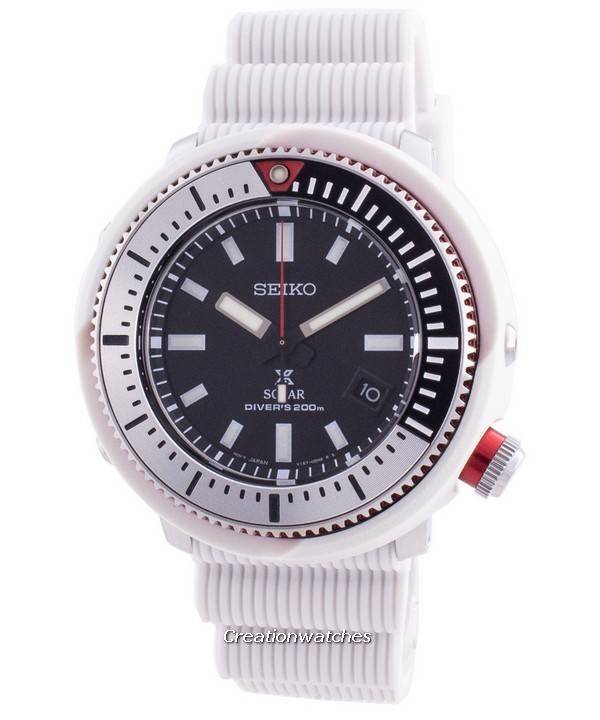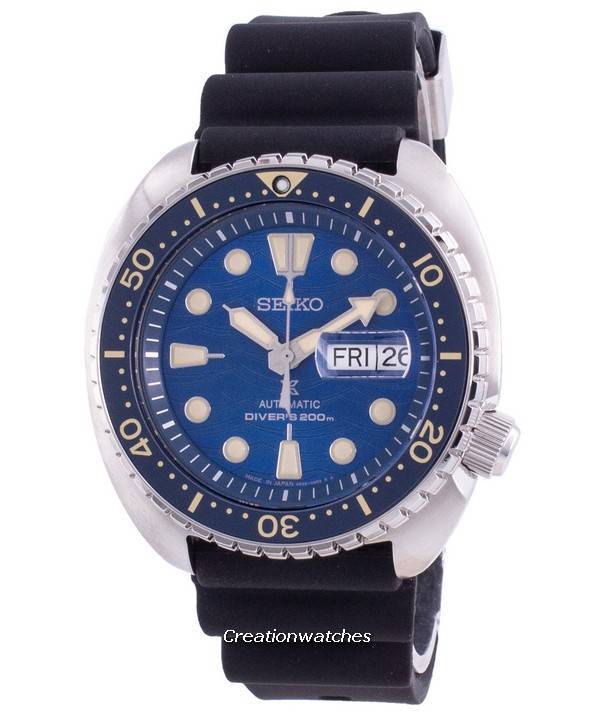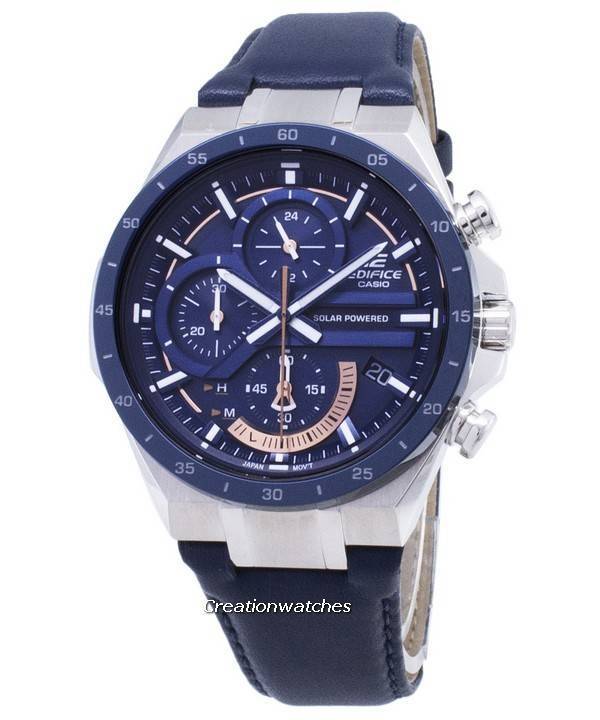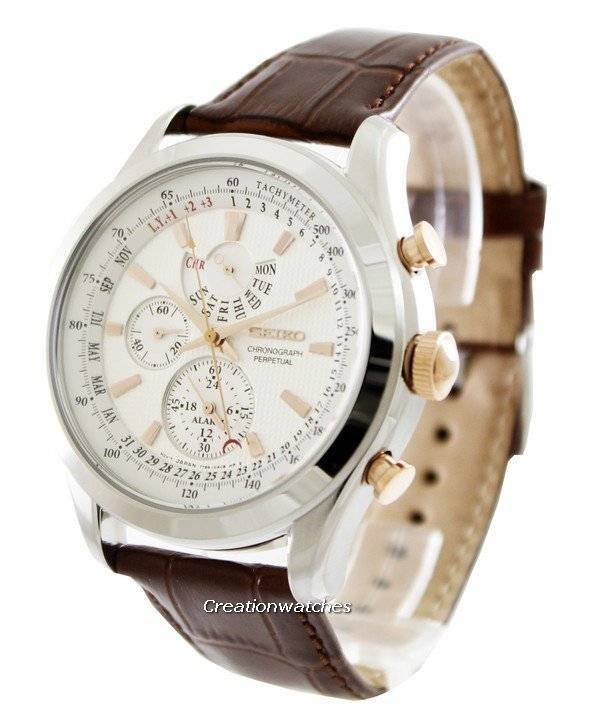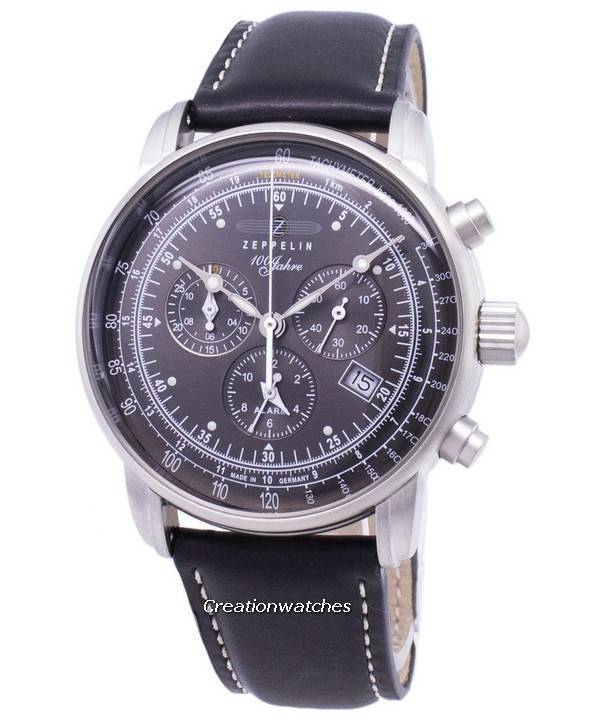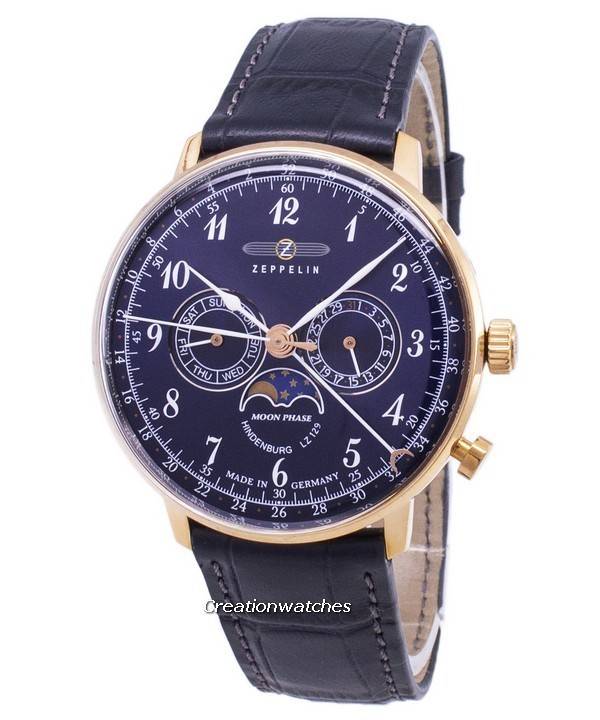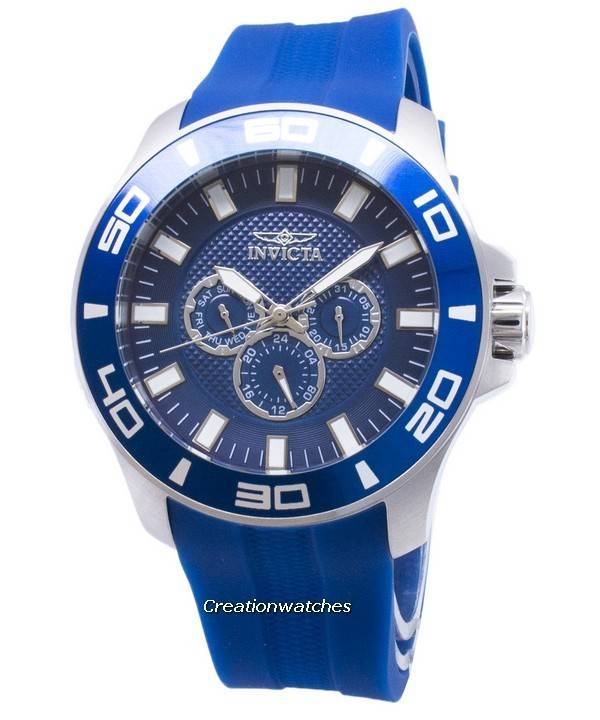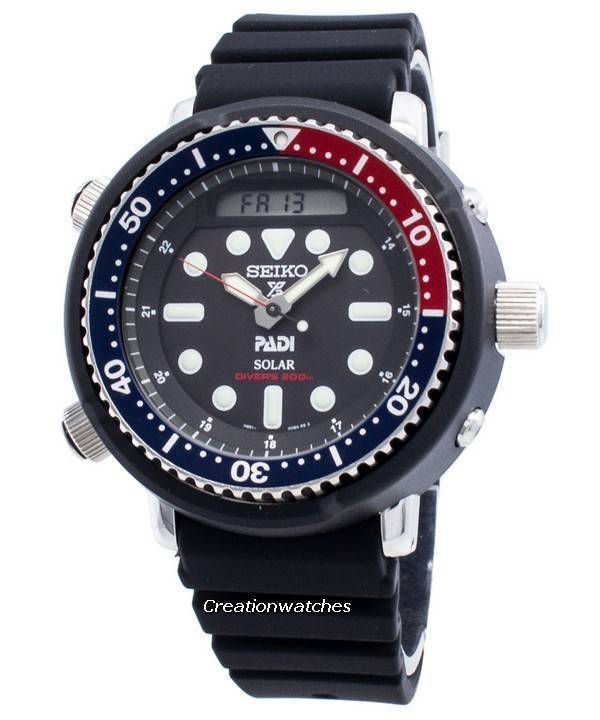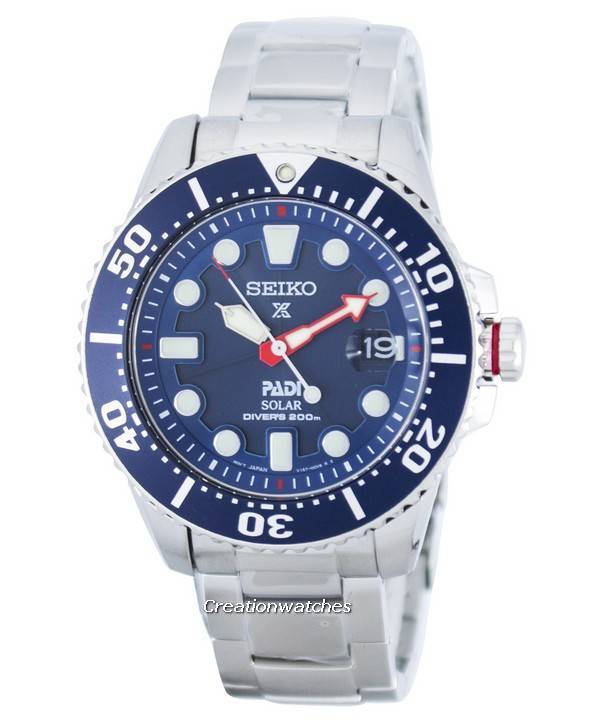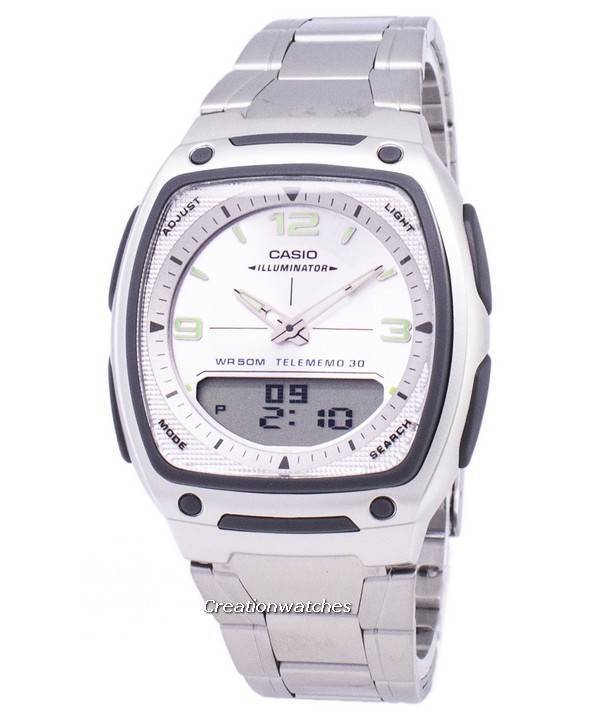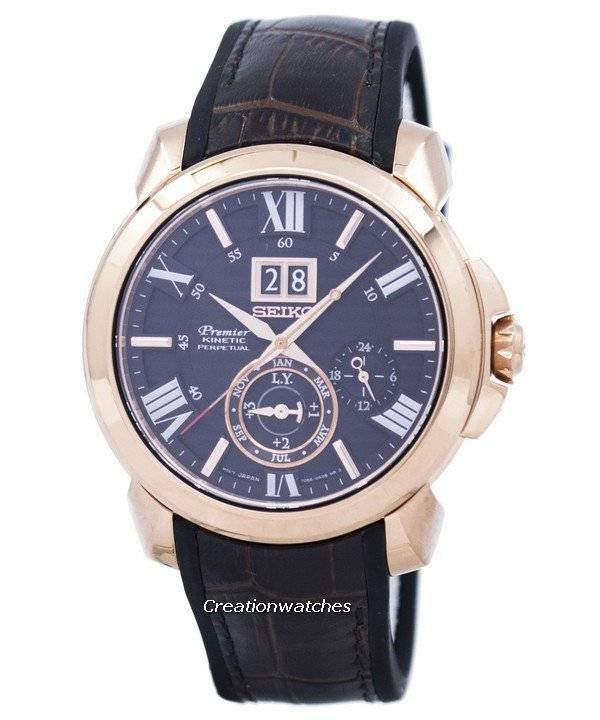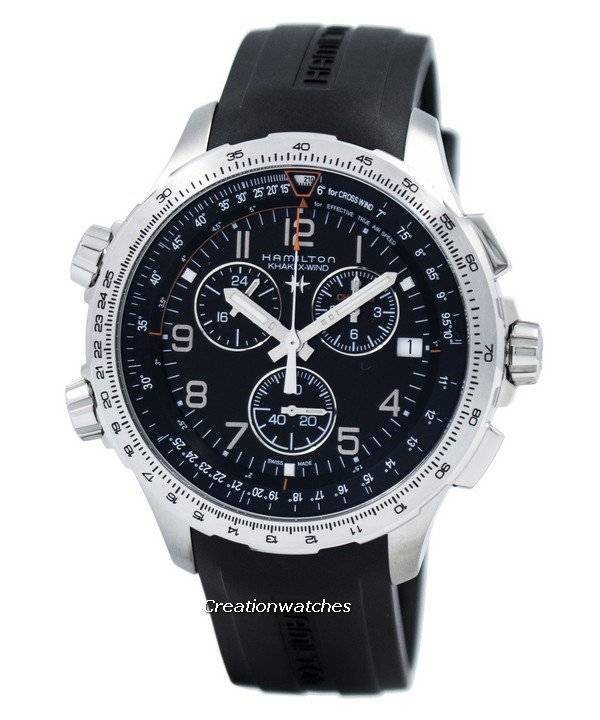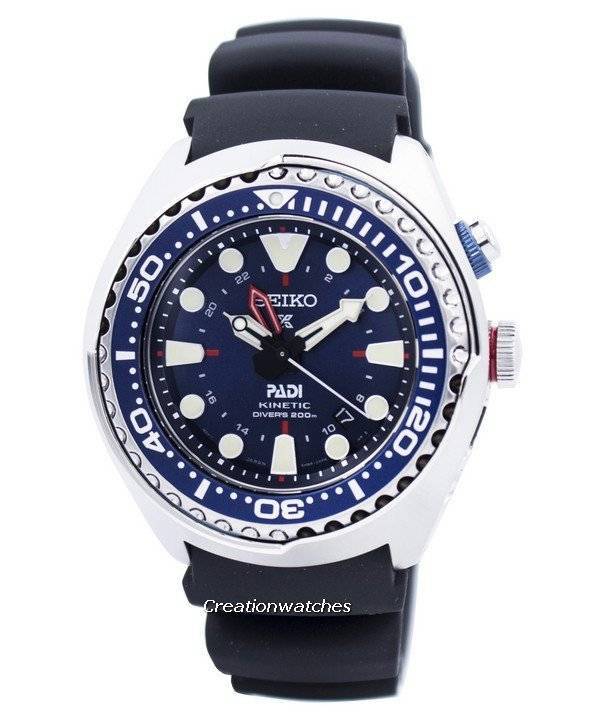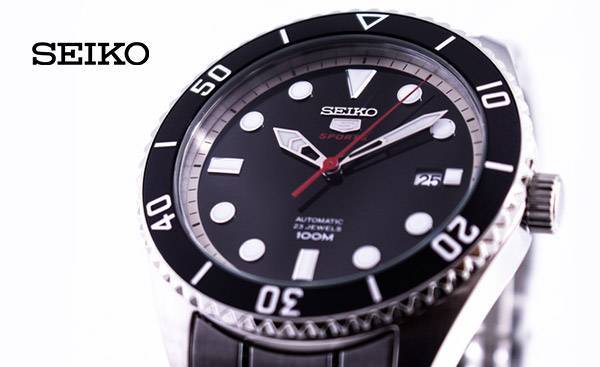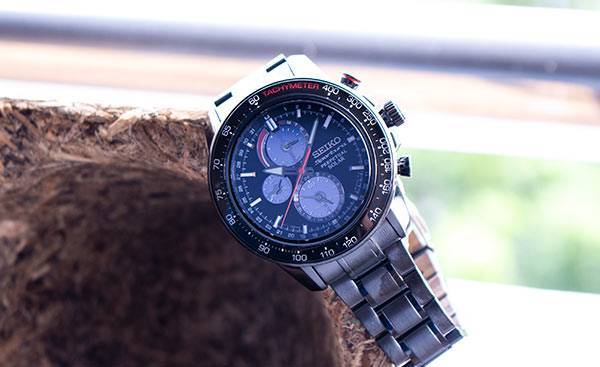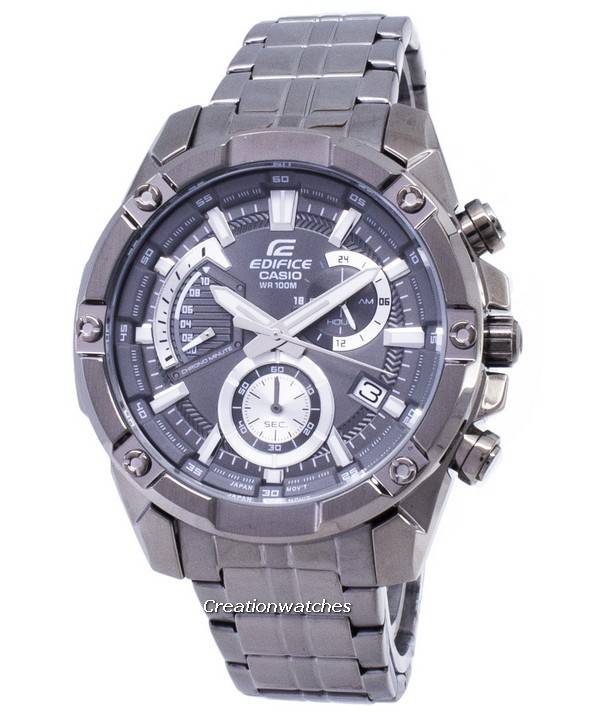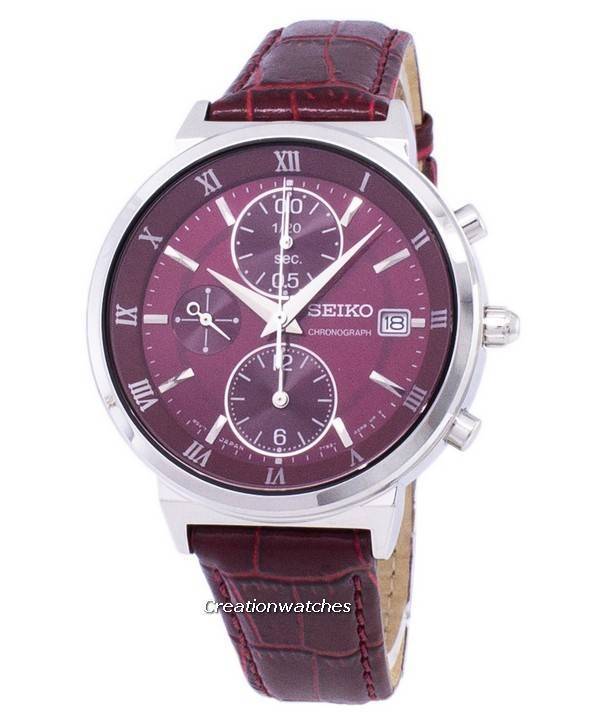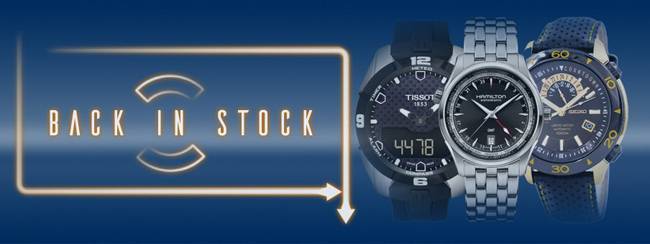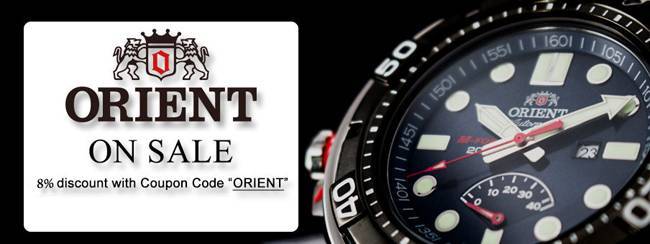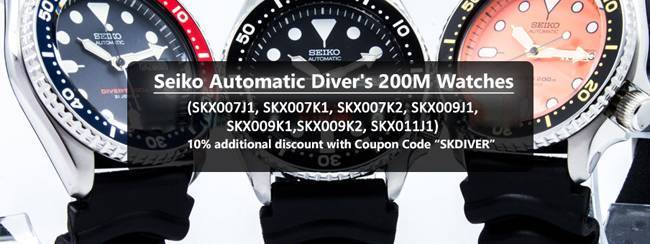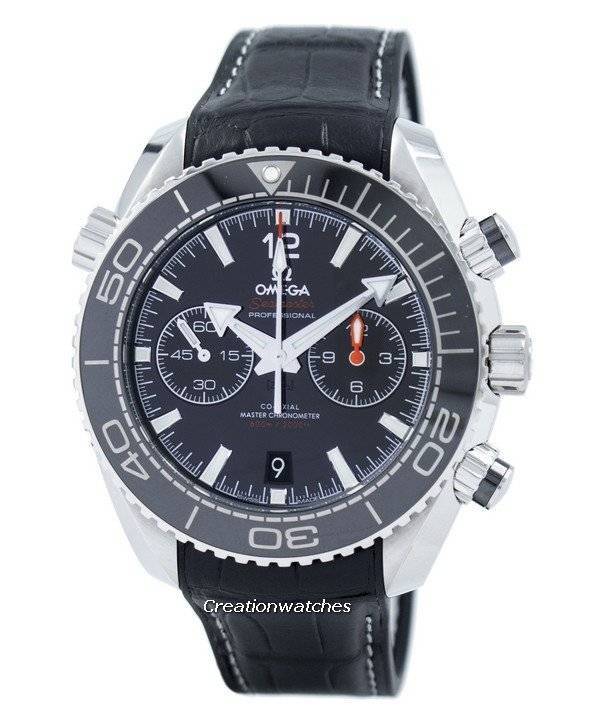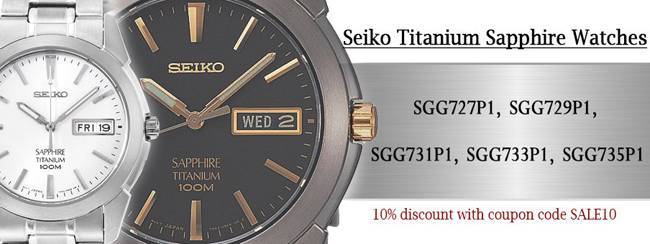
A brief history of time-tracking
A need to time events or record its duration arrived first in cooking. During ancient times, humans checked for how long meat rests on open fire and be ready to be eaten. Or, fruits to ferment and rise in value.
Slowly, as time advanced and humans grew more (un)civilized, the necessity for tracking more and more events grew. Timing is the key to every big thing going on out there. From experiments to finished products, its presence and usefulness is evident everywhere.
 Separating apples from oranges
Separating apples from oranges
A very basic thing needs to be cleared first (this is only for newcomers in the horology-world): The timer bezel is not the chronograph. They work independently from each other. With a chrono, you can see how long an egg takes to be fully boiled; with the timer bezel, you set the time for it to be inside boiling water. The same principle works for tracking the parking meter. The chronograph is a multi-dial and multi-hands design at its simplest, with or without the timer bezel.
It’s the tachymeter that completes a chronograph. Without it, it is not much of use to the racing and aviation enthusiasts; athletes; even some researchers into tough subjects – say, Particle Dynamics!
Note: Dynamics of mechanical systems, first stated by Sir Isaac Newton (Philosophiæ Naturalis Principia, 1687), emerge from Newton’s laws. They form the basis for deriving equations of the way particles move. Current dynamic principles such as work and energy equations helped the watch industry to grow immensely!
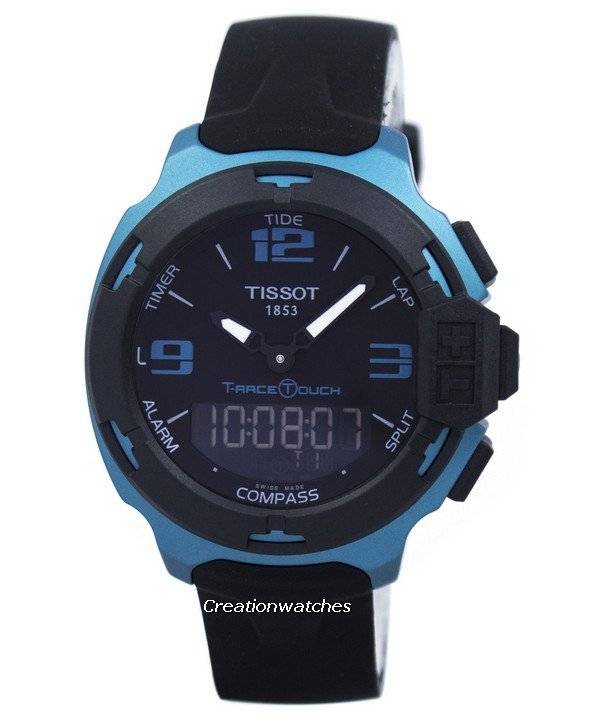 The more the merrier
The more the merrier
Still there will be people asking for more than just three sub-dials and a tachymeter. So EB6 scales arrive, with etour-en-vol (FLY-BACK) chronograph mechanisms. These return to zero and restart instantly with only a single press of a button. It saves a lot of time by squeezing stop, reset and start into just one, single push.
Then there come chronographs reading 1/5th, 1/10th; even 1/100th in analog formats and that’s pretty much pleasing to any urban sports enthusiast who also participates in the sports. These are for even more discerning chrono-hunters; they are the FOUDROYANTE and the RATTRAPANTE/DOPPELCHRONOGRAPH.
 What do they mean?
What do they mean?
The FOUDROYANTE allows measurement of fractions of a second, the dedicated hands completing one revolution every second inside around the sub-dial, showing the ‘-th’ of a second. In automatic chronographs, the ‘-th’ depends upon the beat rate of the movement.
The RATTRAPANTE or the split-second chronograph comes with 2 central seconds-hands to time 2 separate events of different lengths at the same time. The Rattrapante hand reads an intermediate time and can be stopped when needed. The trotteuse (the other one) hand keeps running all this while and the Rattrapante hand catches up with the trotteuse with a second push on the pusher.
…and wearability stays the biggest question ever!
A watch is no good (unless as a valued, collector’s item or an heirloom; neither you will take out under harsh conditions) if you can’t wear it to the field, for the purpose they have been built for. The above complications are works of genius beyond doubt, but they won’t survive mud-crawling or rock-climbing’ leave that – even amateur bike races if banged on the asphalt.
There, you need those functions but not the associated mechanical complications. And you shouldn’t regret if you lose one while having the fun. For, break you can’t. You need to go to a battlefield for that.
Below you’ll find the links to watches with the same functions but gifted by modern technology. Click to see and buy:
- https://www.creationwatches.com/products/tissot-247/tissot-t-sport-v8-quartz-chronograph-t106-417-11-031-00-t1064171103100-mens-watch-10515.html
- https://www.creationwatches.com/products/seiko-quartz-262/seiko-velatura-chronograph-quartz-alarm-snaf60-snaf60p1-snaf60p-mens-watch-11887.html
- https://www.creationwatches.com/products/tissot-247/tissot-t-race-touch-alarm-quartz-t081-420-97-057-04-t0814209705704-mens-watch-11731.html
- https://www.creationwatches.com/products/seiko-prospex-299/seiko-prospex-world-time-solar-chronograph-ssc549-ssc549p1-ssc549p-mens-watch-10767.html


















